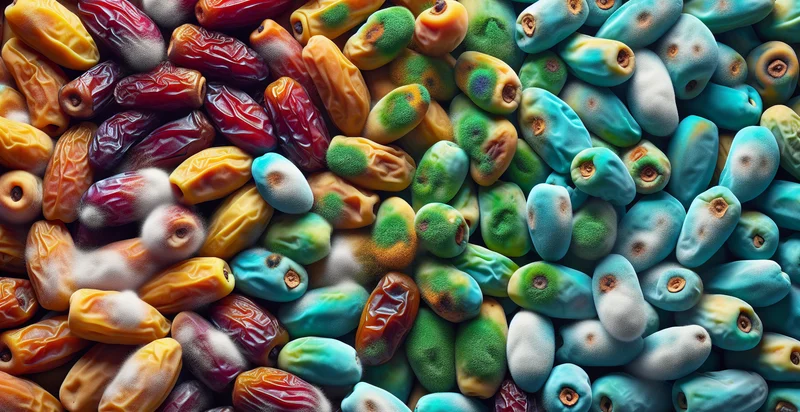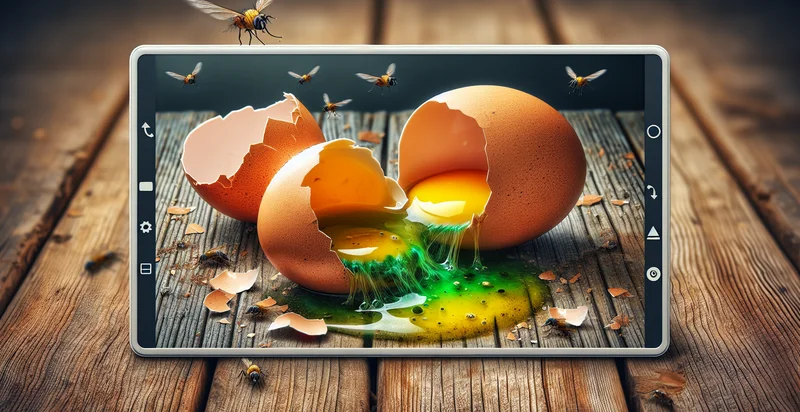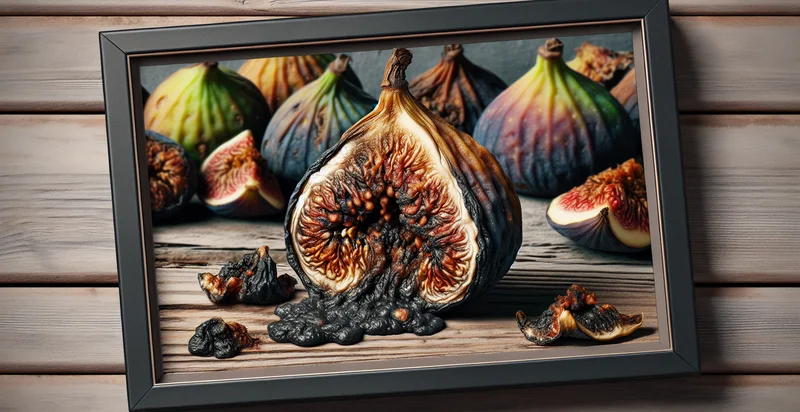Identify if dates are rotten
using AI
Below is a free classifier to identify if dates are rotten. Just upload your image, and our AI will predict if the dates are rotten - in just seconds.

Contact us for API access
Or, use Nyckel to build highly-accurate custom classifiers in just minutes. No PhD required.
Get started
import nyckel
credentials = nyckel.Credentials("YOUR_CLIENT_ID", "YOUR_CLIENT_SECRET")
nyckel.invoke("if-dates-are-rotten", "your_image_url", credentials)
fetch('https://www.nyckel.com/v1/functions/if-dates-are-rotten/invoke', {
method: 'POST',
headers: {
'Authorization': 'Bearer ' + 'YOUR_BEARER_TOKEN',
'Content-Type': 'application/json',
},
body: JSON.stringify(
{"data": "your_image_url"}
)
})
.then(response => response.json())
.then(data => console.log(data));
curl -X POST \
-H "Content-Type: application/json" \
-H "Authorization: Bearer YOUR_BEARER_TOKEN" \
-d '{"data": "your_image_url"}' \
https://www.nyckel.com/v1/functions/if-dates-are-rotten/invoke
How this classifier works
To start, upload your image. Our AI tool will then predict if the dates are rotten.
This pretrained image model uses a Nyckel-created dataset and has 2 labels, including Fresh Dates and Rotten Dates.
We'll also show a confidence score (the higher the number, the more confident the AI model is around if the dates are rotten).
Whether you're just curious or building if dates are rotten detection into your application, we hope our classifier proves helpful.
Related Classifiers
Need to identify if dates are rotten at scale?
Get API or Zapier access to this classifier for free. It's perfect for:
- Quality Control in Food Production: A food processing company can utilize the 'if dates are rotten' identifier to automatically inspect fruits and vegetables on their production line. This function can help eliminate rotten products before packaging, thereby improving quality control and reducing food waste.
- Retail Inventory Management: Grocery stores can deploy this technology to regularly assess the quality of their perishable inventory. By integrating the identifier with their inventory management systems, the store can trigger markdowns or promotions on items nearing spoilage, enhancing sales while minimizing losses.
- Waste Reduction in Agricultural Supply Chains: Distributors can apply the identifier during transportation to monitor the condition of perishables. This proactive approach allows for real-time assessments of produce quality, helping them reroute or adjust shipments to prevent loss and improve shelf life.
- Consumer App for Food Safety: A mobile application can be developed for consumers to scan their fruits and vegetables to check for spoilage. This empowers users with knowledge about the freshness of their food, promoting healthier choices and reducing foodborne illnesses.
- Smart Kitchen Appliances: Smart refrigerators can incorporate the identifier to alert users when stored produce is on the verge of rotting. This feature optimizes food storage and management, encouraging consumers to use items before they spoil, thus enhancing sustainability efforts.
- Food Donation Programs: Nonprofit organizations could use the identifier to assess the quality of donated food items more efficiently. By ensuring that only fresh, non-rotten items are distributed, they can maximize their impact and encourage more substantial contributions from donors.
- Supply Chain Transparency: Companies can use the identifier to track and verify the quality of produce throughout the supply chain. By providing accurate data on the freshness of items, businesses enhance transparency and build consumer trust, potentially improving their market position.


